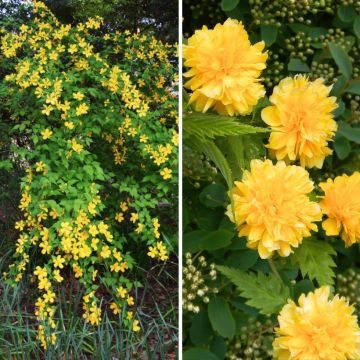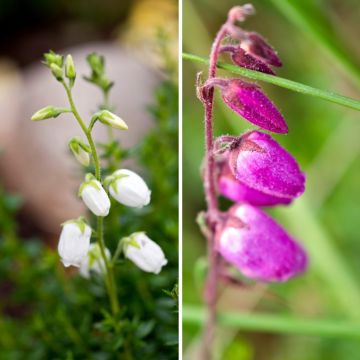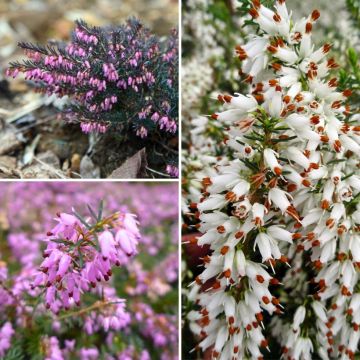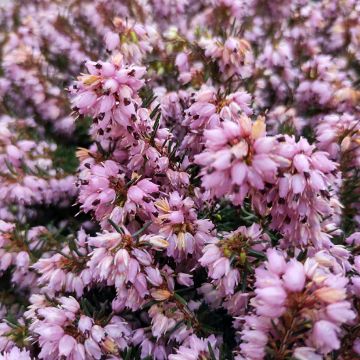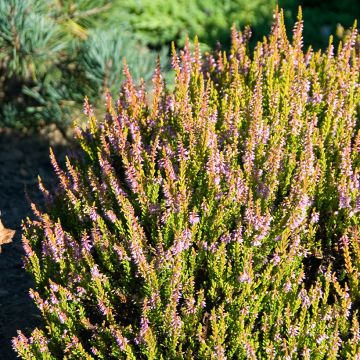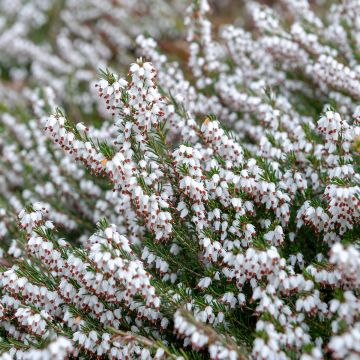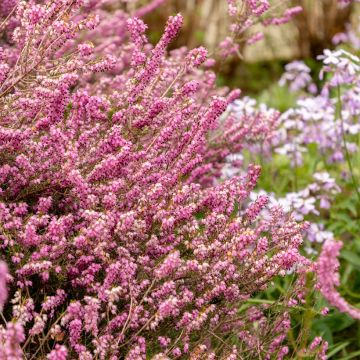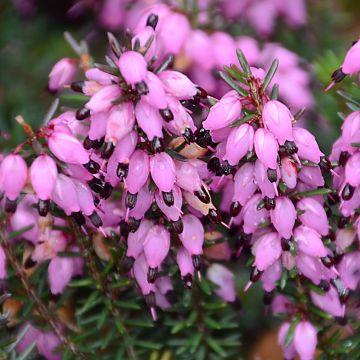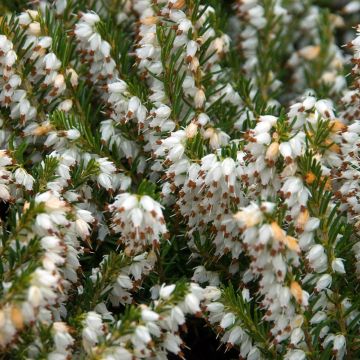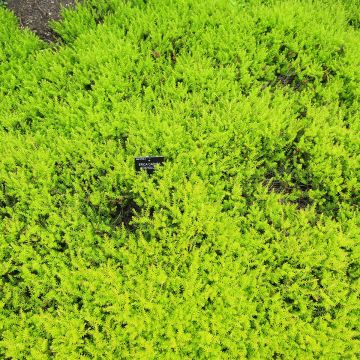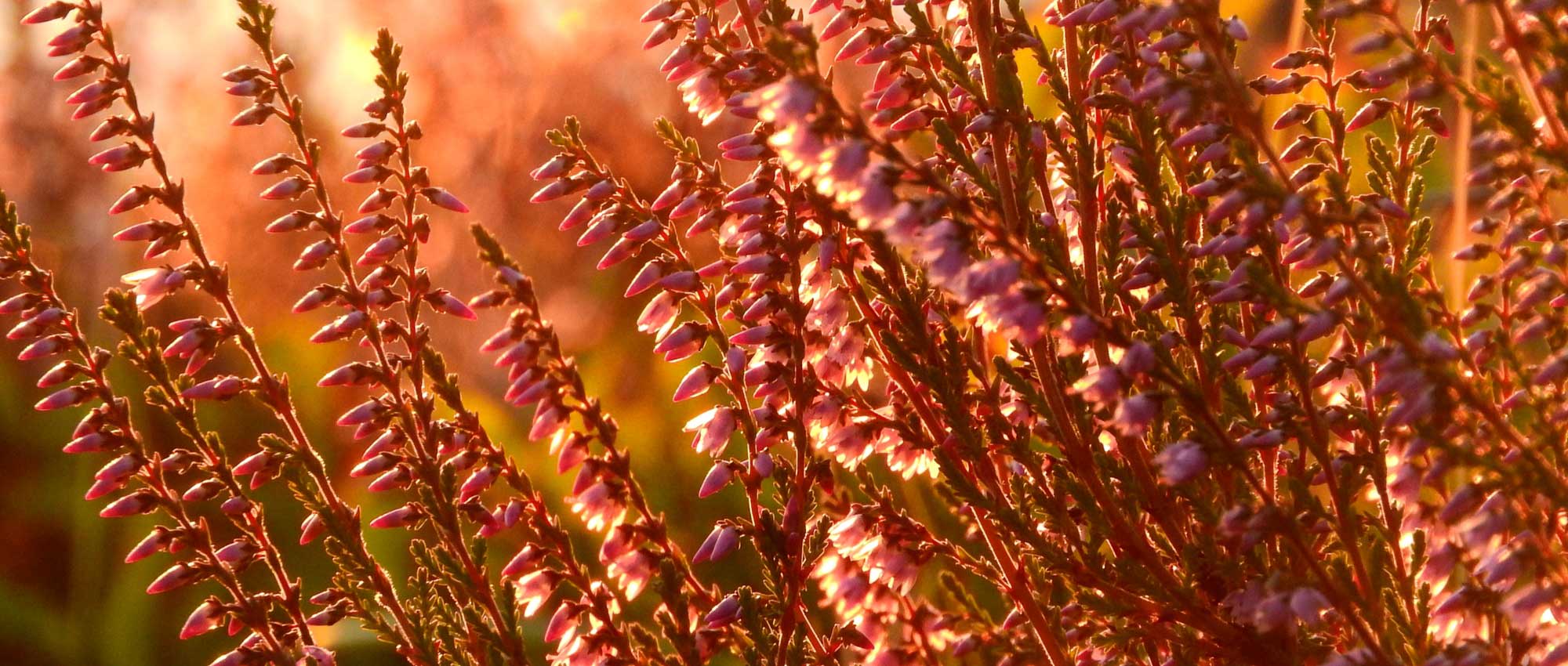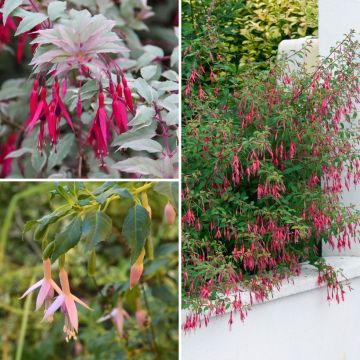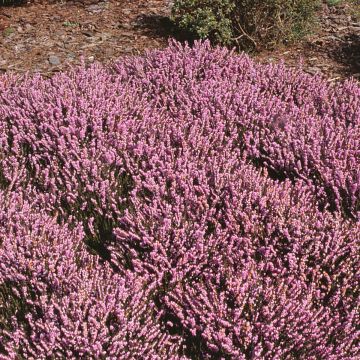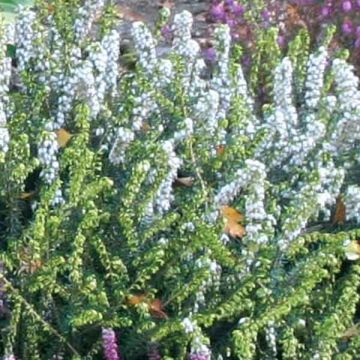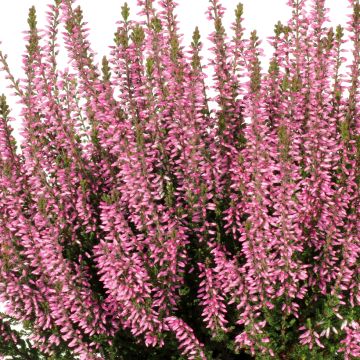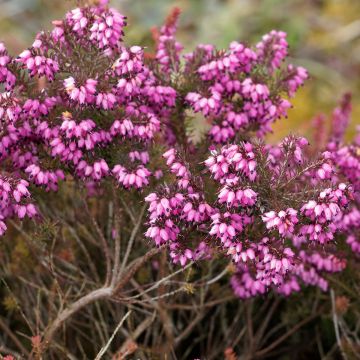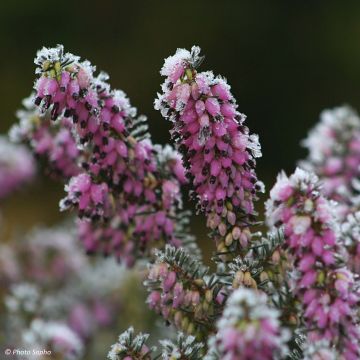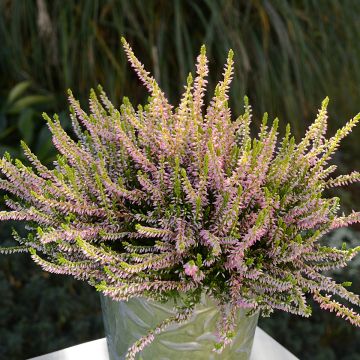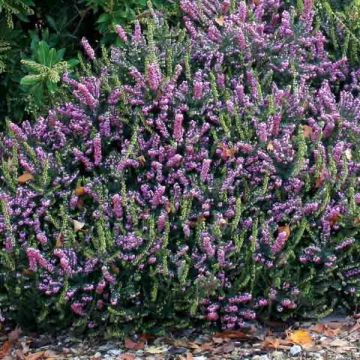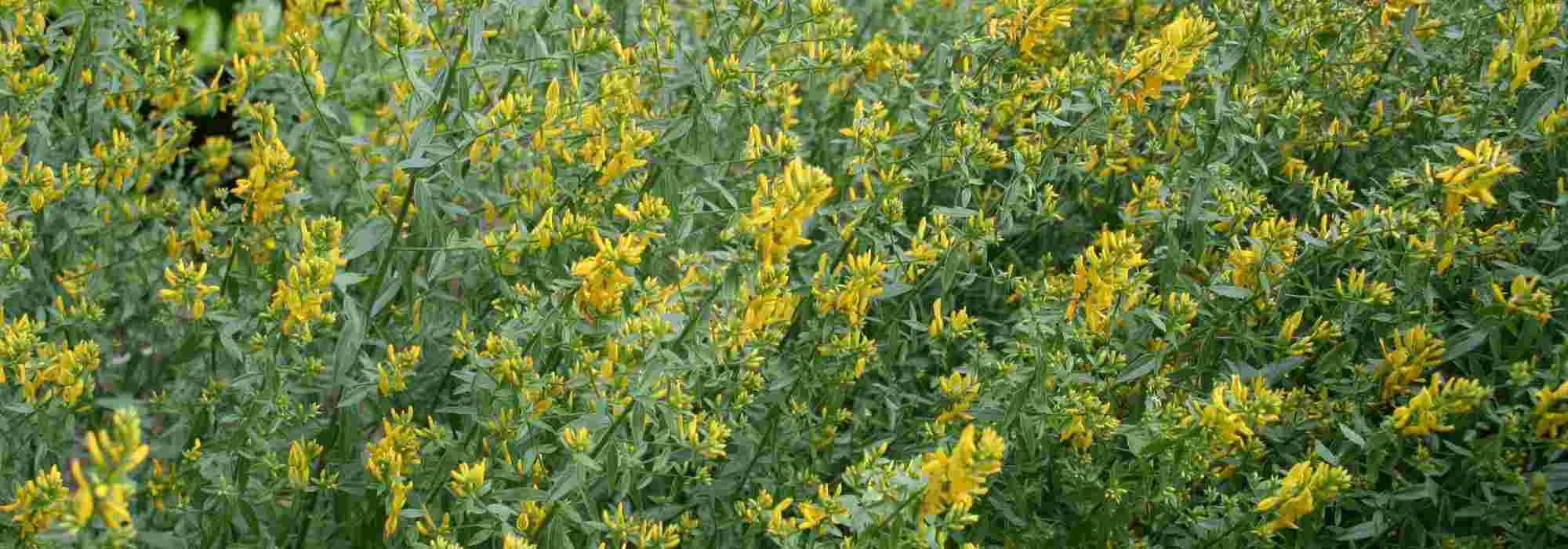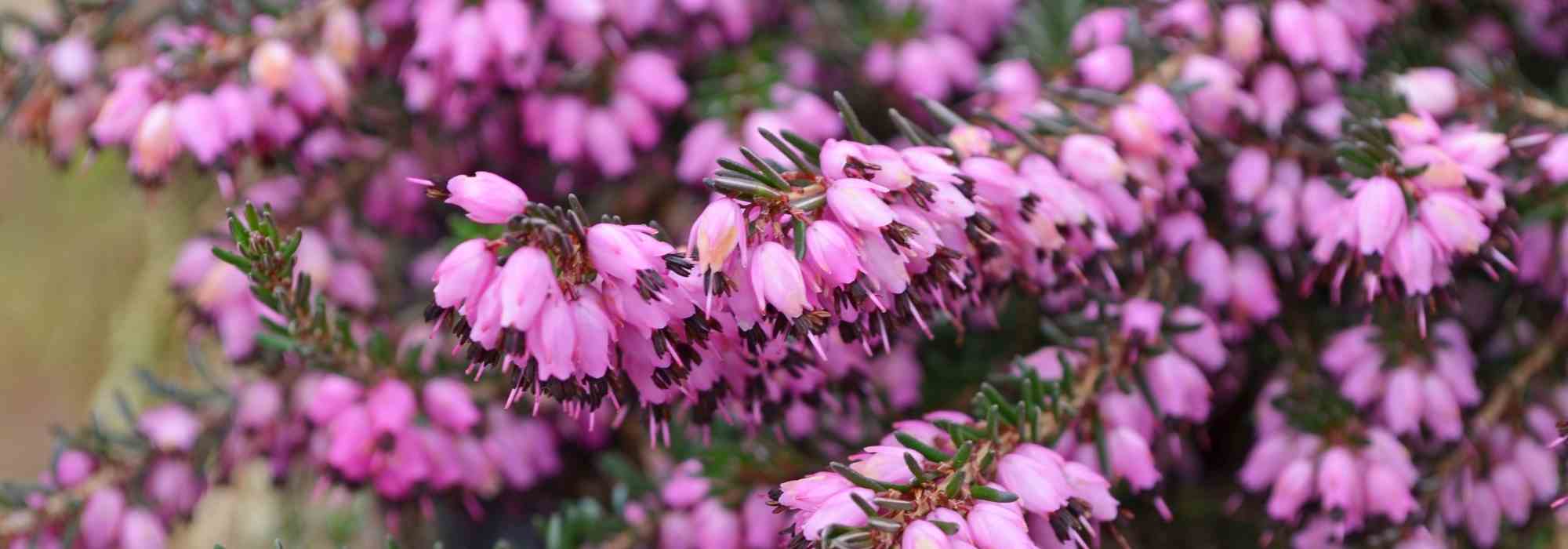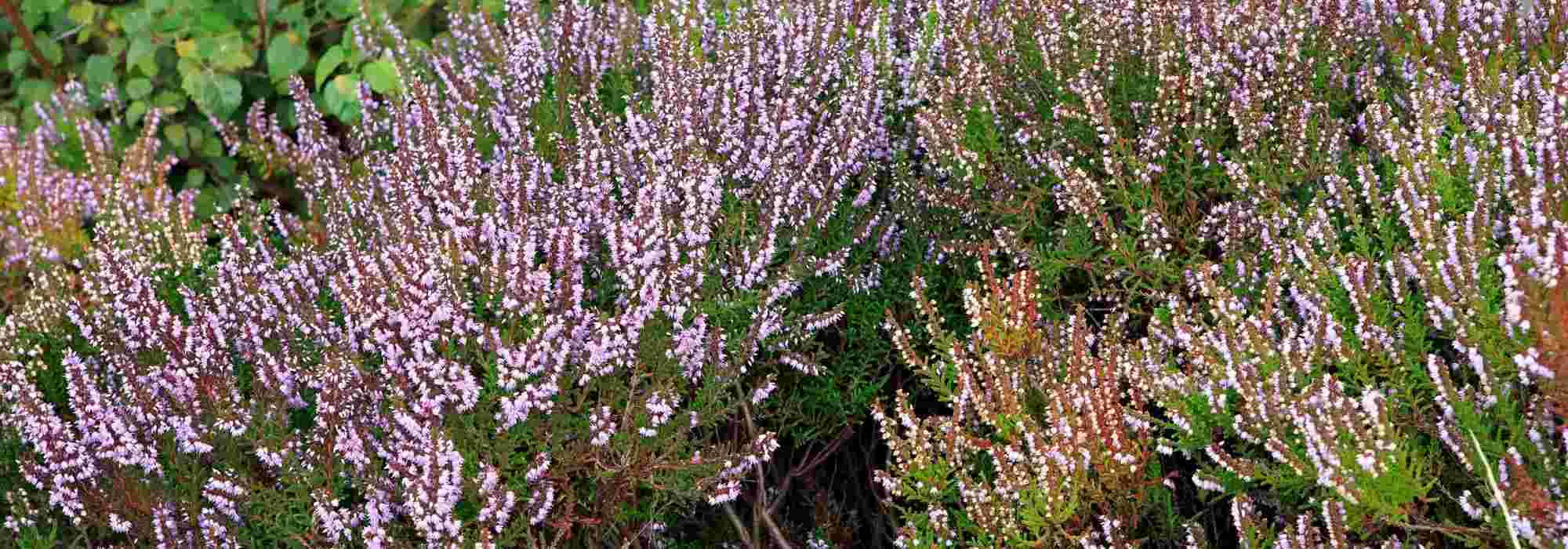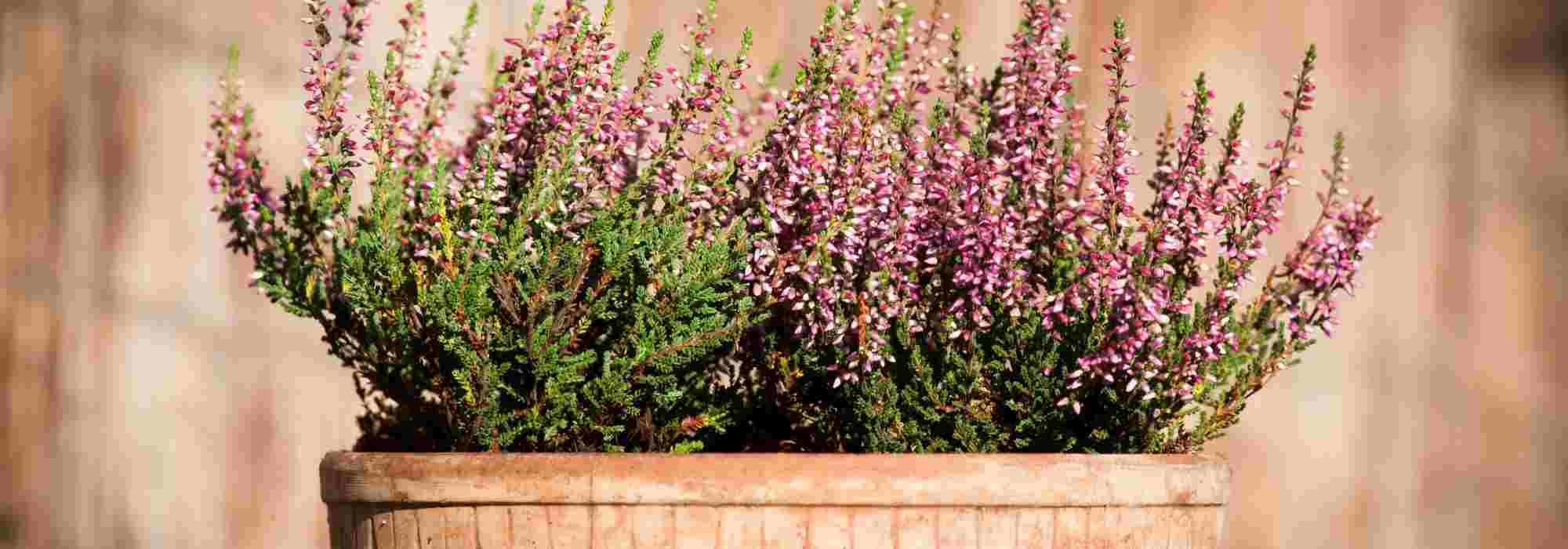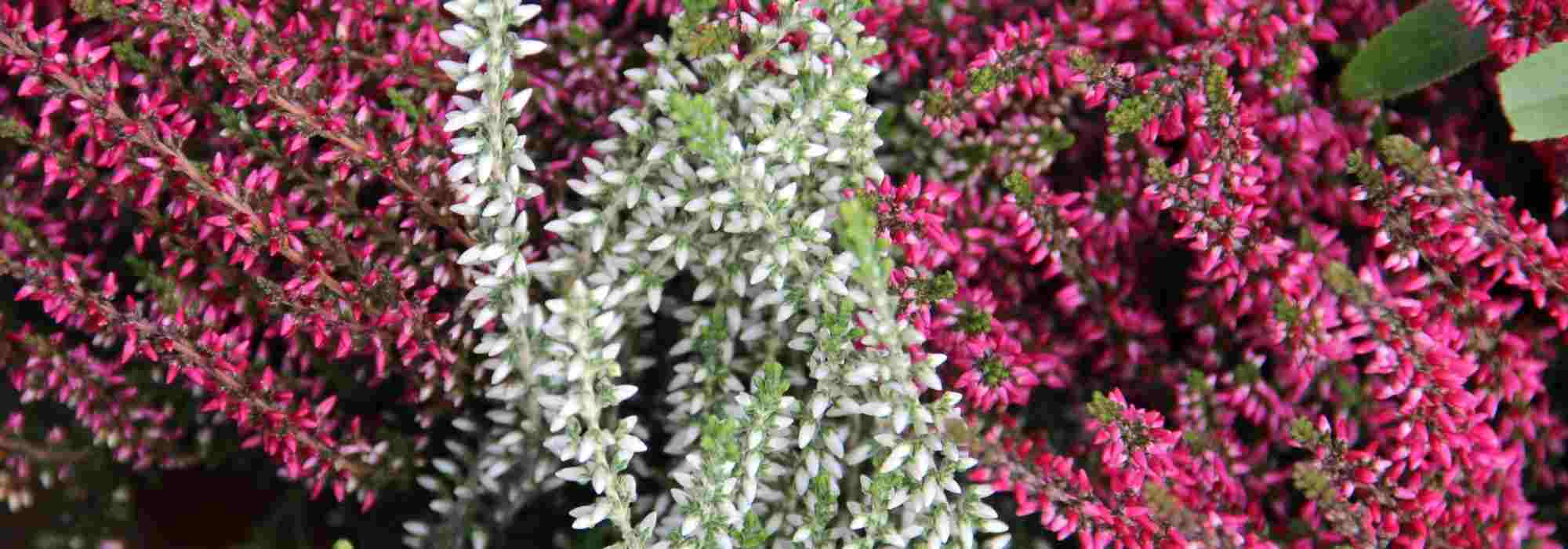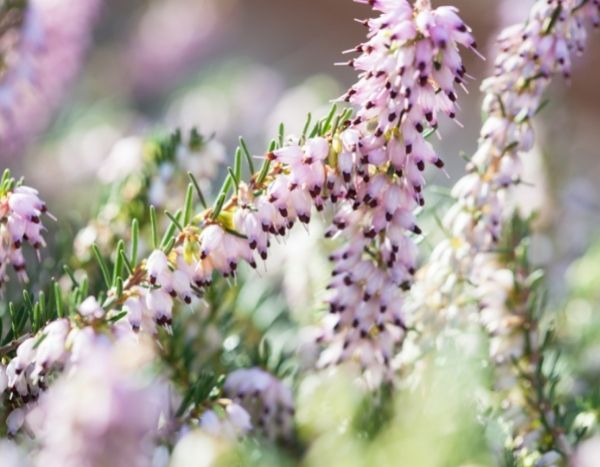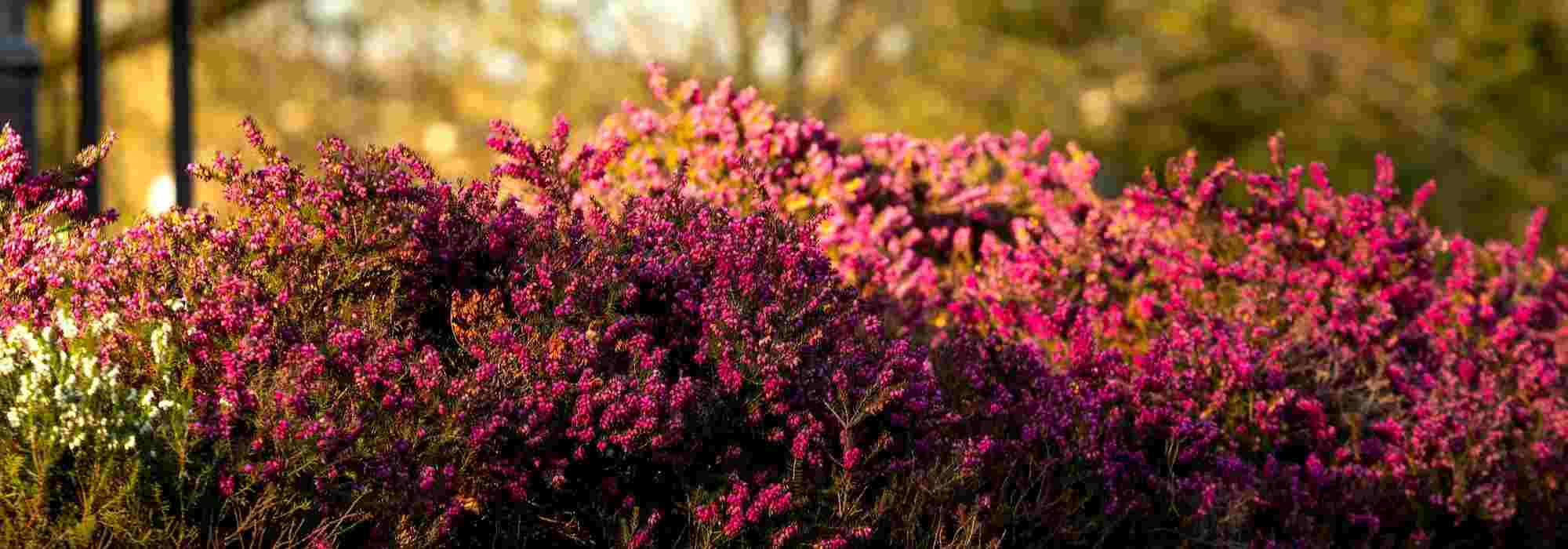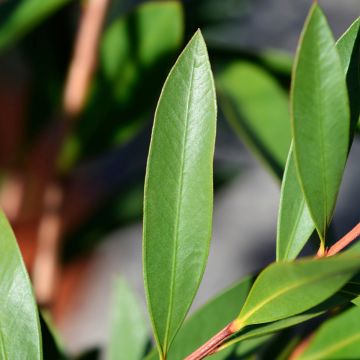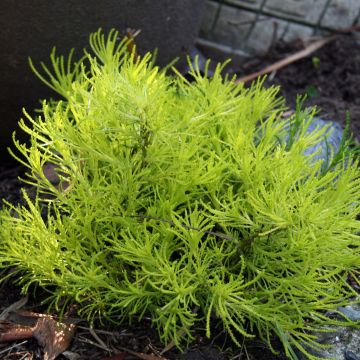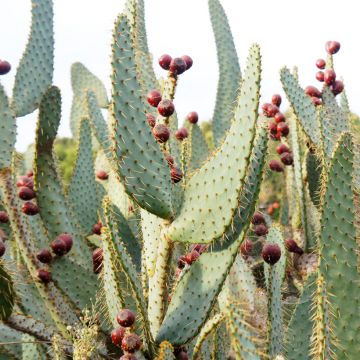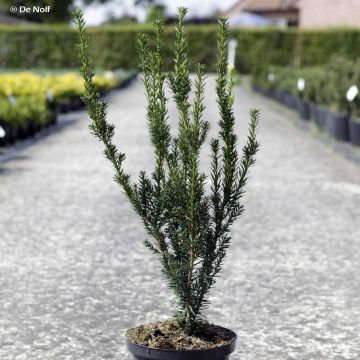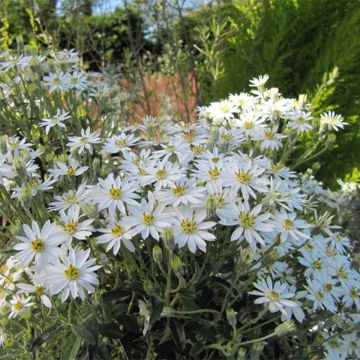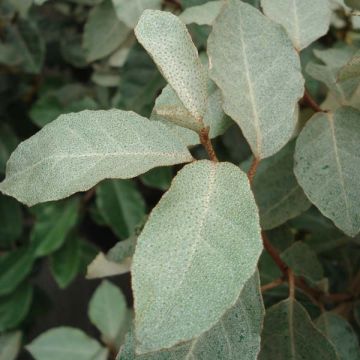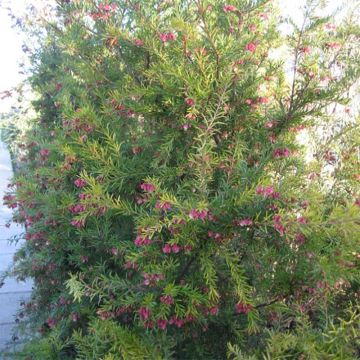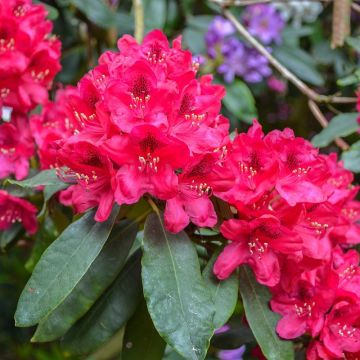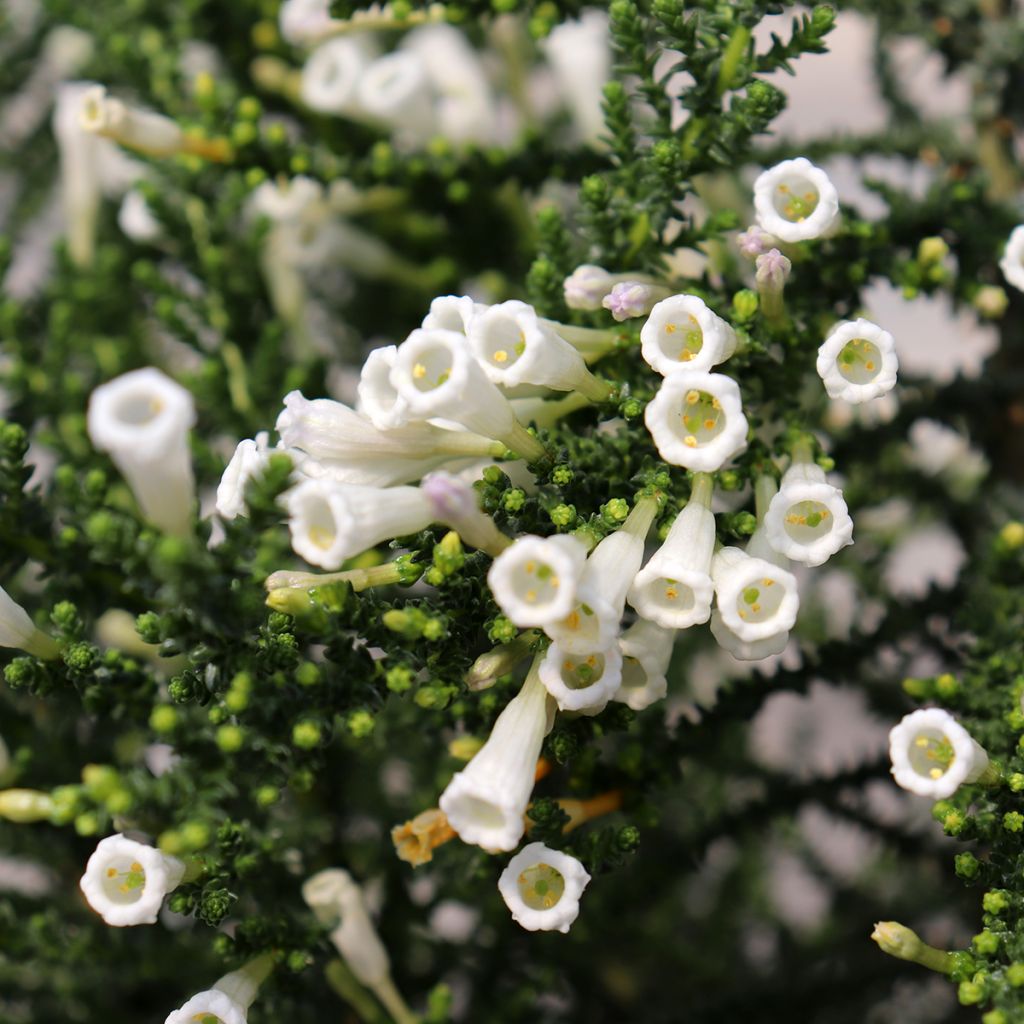

Fabiana imbricata Alba
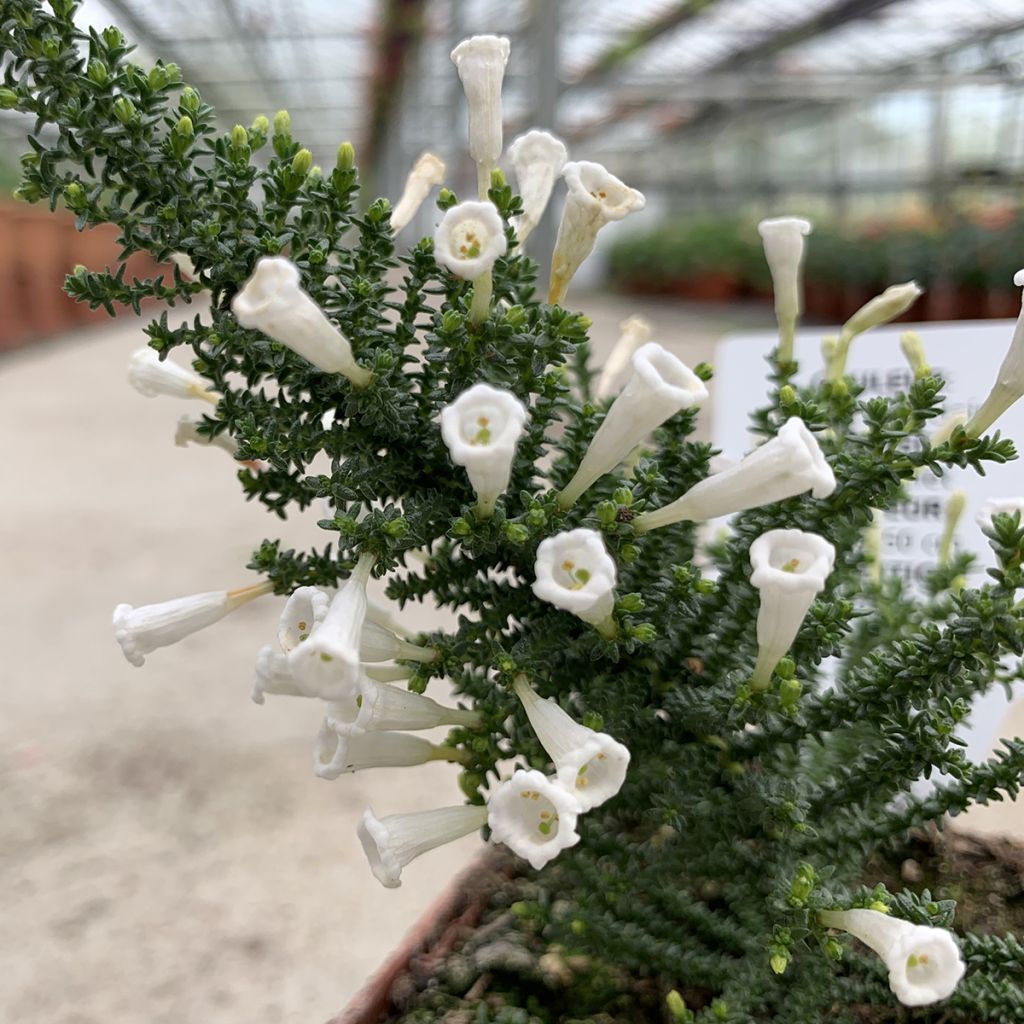

Fabiana imbricata Alba
Fabiana imbricata Alba
Fabiana imbricata Alba
Pichi, Pichi-pichi
Special offer!
Receive a €20 voucher for any order over €90 (excluding delivery costs, credit notes, and plastic-free options)!
1- Add your favorite plants to your cart.
2- Once you have reached €90, confirm your order (you can even choose the delivery date!).
3- As soon as your order is shipped, you will receive an email containing your voucher code, valid for 3 months (90 days).
Your voucher is unique and can only be used once, for any order with a minimum value of €20, excluding delivery costs.
Can be combined with other current offers, non-divisible and non-refundable.
Why not try an alternative variety in stock?
View all →This plant carries a 24 months recovery warranty
More information
We guarantee the quality of our plants for a full growing cycle, and will replace at our expense any plant that fails to recover under normal climatic and planting conditions.
Does this plant fit my garden?
Set up your Plantfit profile →
Description
The Fabiana imbricata 'Alba' is a medium-sized shrub with an irregular habit, giving it a slightly wild appearance. Resembling a tree heather, it produces a highly ornamental flowering in spring, composed of a myriad of small elongated and tubular flowers that form a sleeve around the branches. Its evergreen foliage is made of small scales and takes on a beautiful bright green colour. It is easy to grow in mild climates and requires well-drained soil, preferably non-calcareous, and a sunny location to thrive.
Although resembling heathers, Fabiana is not a heath family plant but a nightshade family plant. This family includes aubergines, potatoes, and many ornamental plants, such as Brugmansia with its long trumpet-shaped flowers or the classic Petunia. There are about twenty species of Fabiana, native to the temperate regions of South America, from Bolivia and Chile to Patagonia. The plant was named in honor of Francisco Fabiana y Puero, an 18th-century Spanish archbishop who encouraged the study of plants. Locally, it is called pichi pichi.
Fabiana imbricata is native to the Andes of Bolivia, Argentina, and Chile. It forms a highly branched shrub with upright branches, reaching a height of 1 to 2 metres and a similar width. In its natural habitat, the plant produces flowers from white to lavender blue. It is used locally as a medicinal plant to treat gallstones and cystitis; an essential oil is extracted from it.
As its name suggests, the 'Alba' variety is a form with white flowers (albus in Latin). If left to its own devices, the shrub can reach a height and width of 1.80 to 2 metres but can easily be kept at 1.50 metres if necessary through light annual pruning after flowering. Dense and branched, it produces many slightly disordered branches, eventually giving the plant a somewhat irregular dome-like appearance. The branches are covered with small, tightly packed, slender shoots, 15 to 25 mm long. These shoots are covered with small pointed, triangular, scale-like leaves, 2 to 5 mm long, arranged alternately and overlapping. In spring, from May onwards, each of these shoots produces a pure white flower, formed by fused petals that form a tube that slightly widens towards the end. Each flower is solitary, but their arrangement around the branches for about thirty centimetres gives the impression of a long cluster of flowers.
This evergreen shrub, well adapted to mild coastal climates and tolerant of Mediterranean conditions, is little known but deserves to be planted more frequently. Its slightly wild appearance allows it to be planted in natural-style gardens and mixed borders. You can associate it with Grevillea juniperina, an Australian evergreen shrub with dark green foliage and long-lasting clusters of bright red flowers. The Acacia pravissima, a mimosa with curious grey-green triangular foliage and abundant lemon-yellow fragrant flowers in spring, will also be a good companion for your Fabiana. And to add a touch of indulgence to your scene, nothing beats a Feijoa like Acca sellowiana 'Gemini', whose stunning red and white bicoloured flowers will later delight you with its exotic-flavoured green fruits.
Plant habit
Flowering
Foliage
Botanical data
Fabiana
imbricata
Alba
Solanaceae
Pichi, Pichi-pichi
Erica arborea var. alpina f. aureifolia 'Albert's Gold'
Cultivar or hybrid
Other Heather
View all →Planting and care
Hawksbill grows best in neutral to acid soils, with a slight tolerance to limestone. It can reasonably be planted in soils with a pH of between 5 and 7.5. Fearing excess water, but resisting dry conditions very well, it requires well-drained soil. Also tolerant of sea spray, and fearful of frost from -8°C, it is a good plant for coastal areas. Choose a spot sheltered from cold winter winds and well exposed to the sun. Mix non-limy coarse sand or small gravels into the existing soil to improve drainage if necessary. Water after planting and regularly for the first year, then the plant will take care of itself once it is well rooted. Except in very mild climates, it is best to plant it in spring to allow it to settle in well before the onset of the following winter.
Planting period
Intended location
Care
Planting & care advice
This item has not been reviewed yet - be the first to leave a review about it.
Similar products
Haven't found what you were looking for?
Hardiness is the lowest winter temperature a plant can endure without suffering serious damage or even dying. However, hardiness is affected by location (a sheltered area, such as a patio), protection (winter cover) and soil type (hardiness is improved by well-drained soil).

Photo Sharing Terms & Conditions
In order to encourage gardeners to interact and share their experiences, Promesse de fleurs offers various media enabling content to be uploaded onto its Site - in particular via the ‘Photo sharing’ module.
The User agrees to refrain from:
- Posting any content that is illegal, prejudicial, insulting, racist, inciteful to hatred, revisionist, contrary to public decency, that infringes on privacy or on the privacy rights of third parties, in particular the publicity rights of persons and goods, intellectual property rights, or the right to privacy.
- Submitting content on behalf of a third party;
- Impersonate the identity of a third party and/or publish any personal information about a third party;
In general, the User undertakes to refrain from any unethical behaviour.
All Content (in particular text, comments, files, images, photos, videos, creative works, etc.), which may be subject to property or intellectual property rights, image or other private rights, shall remain the property of the User, subject to the limited rights granted by the terms of the licence granted by Promesse de fleurs as stated below. Users are at liberty to publish or not to publish such Content on the Site, notably via the ‘Photo Sharing’ facility, and accept that this Content shall be made public and freely accessible, notably on the Internet.
Users further acknowledge, undertake to have ,and guarantee that they hold all necessary rights and permissions to publish such material on the Site, in particular with regard to the legislation in force pertaining to any privacy, property, intellectual property, image, or contractual rights, or rights of any other nature. By publishing such Content on the Site, Users acknowledge accepting full liability as publishers of the Content within the meaning of the law, and grant Promesse de fleurs, free of charge, an inclusive, worldwide licence for the said Content for the entire duration of its publication, including all reproduction, representation, up/downloading, displaying, performing, transmission, and storage rights.
Users also grant permission for their name to be linked to the Content and accept that this link may not always be made available.
By engaging in posting material, Users consent to their Content becoming automatically accessible on the Internet, in particular on other sites and/or blogs and/or web pages of the Promesse de fleurs site, including in particular social pages and the Promesse de fleurs catalogue.
Users may secure the removal of entrusted content free of charge by issuing a simple request via our contact form.
The flowering period indicated on our website applies to countries and regions located in USDA zone 8 (France, the United Kingdom, Ireland, the Netherlands, etc.)
It will vary according to where you live:
- In zones 9 to 10 (Italy, Spain, Greece, etc.), flowering will occur about 2 to 4 weeks earlier.
- In zones 6 to 7 (Germany, Poland, Slovenia, and lower mountainous regions), flowering will be delayed by 2 to 3 weeks.
- In zone 5 (Central Europe, Scandinavia), blooming will be delayed by 3 to 5 weeks.
In temperate climates, pruning of spring-flowering shrubs (forsythia, spireas, etc.) should be done just after flowering.
Pruning of summer-flowering shrubs (Indian Lilac, Perovskia, etc.) can be done in winter or spring.
In cold regions as well as with frost-sensitive plants, avoid pruning too early when severe frosts may still occur.
The planting period indicated on our website applies to countries and regions located in USDA zone 8 (France, United Kingdom, Ireland, Netherlands).
It will vary according to where you live:
- In Mediterranean zones (Marseille, Madrid, Milan, etc.), autumn and winter are the best planting periods.
- In continental zones (Strasbourg, Munich, Vienna, etc.), delay planting by 2 to 3 weeks in spring and bring it forward by 2 to 4 weeks in autumn.
- In mountainous regions (the Alps, Pyrenees, Carpathians, etc.), it is best to plant in late spring (May-June) or late summer (August-September).
The harvesting period indicated on our website applies to countries and regions in USDA zone 8 (France, England, Ireland, the Netherlands).
In colder areas (Scandinavia, Poland, Austria...) fruit and vegetable harvests are likely to be delayed by 3-4 weeks.
In warmer areas (Italy, Spain, Greece, etc.), harvesting will probably take place earlier, depending on weather conditions.
The sowing periods indicated on our website apply to countries and regions within USDA Zone 8 (France, UK, Ireland, Netherlands).
In colder areas (Scandinavia, Poland, Austria...), delay any outdoor sowing by 3-4 weeks, or sow under glass.
In warmer climes (Italy, Spain, Greece, etc.), bring outdoor sowing forward by a few weeks.






























